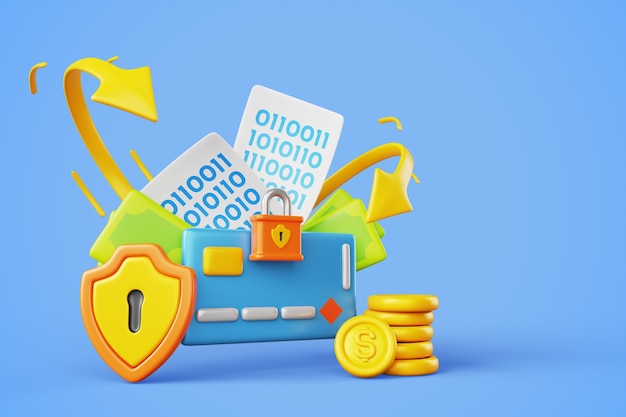
In 2011’s first quarter, the typical person’s debt hit its lowest point of the decade, averaging $4,679. Credit card holders have been focusing on diminishing debt, instead of increasing it. In doing so, not only are they gradually improving their credit ratings, but they’re also becoming eligible for top-notch credit card offers available on the market.
A report recently issued by TransUnion, the third-biggest credit bureau in the U.S., demonstrates a gradual decrease in personal credit card debt among consumers. The data shows that from the first quarter of 2009 to the same period in 2010, credit card holders managed to pay approximately $72 billion more towards outstanding credit card balances than they have spent on acquiring new items.
Many financial pundits have surmised that the primary reason for the recent decrease in consumer credit card balances is directly linked to charge-offs, the practice in which creditors write off all uncollectible debts.
Ezra Becker, Vice President of Research and Consulting at TransUnion’s financial services unit, noted, “There’s a widespread kind of belief in the financial services industry that charge-offs have been the dominant reason for reduced credit card debt since the recession began. Some people even think they account for the entirety of the change in card balances over the past two or three years. However, our study revealed that the reality is quite different. We discovered that consumers have been making an intentional effort to reduce their credit card debt during these uncertain economic times.”
The findings of the TransUnion study will serve as a substantial resource for credit card issuers when designing products like reward credit cards, low-interest cards, and credit cards aimed at clients with a less than perfect credit history.
Becker continued, “It’s critical to note that the factors driving debt reduction can vary across the credit risk spectrum. Among subprime customers, charge-offs tend to have a more profound effect, while prime consumers are mainly affected by debt repayment. This differentiation in behavior allows lenders to understand and respond better to the unique needs and preferences of various customer segments.”
Interestingly, the study also pointed out a trend among younger cardholders using debit cards more frequently than credit cards for purchases. Steve Chaouki, Group Vice President at TransUnion, spoke about this trend, “Especially among younger consumers, there appears to be a growing preference for debit over credit cards. However, the landscape for both credit and debit cards is in flux. Changes in regulations or new legislative measures that are either being discussed or have been recently implemented could significantly impact the industry and might modify this payment preference. As such, consumer credit behavior should be kept under close observation in the forthcoming years.”
Source: SmartAsset.com


